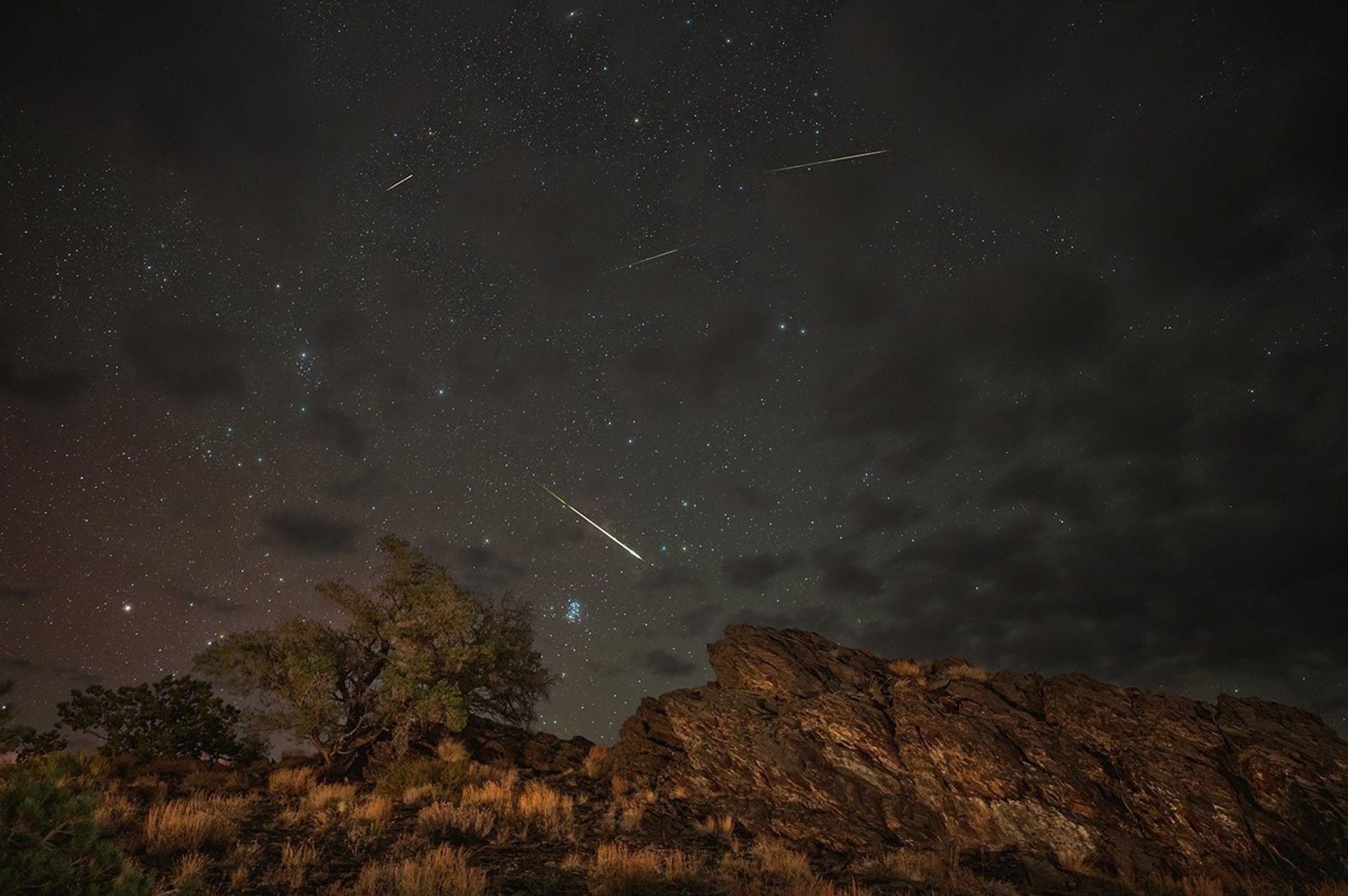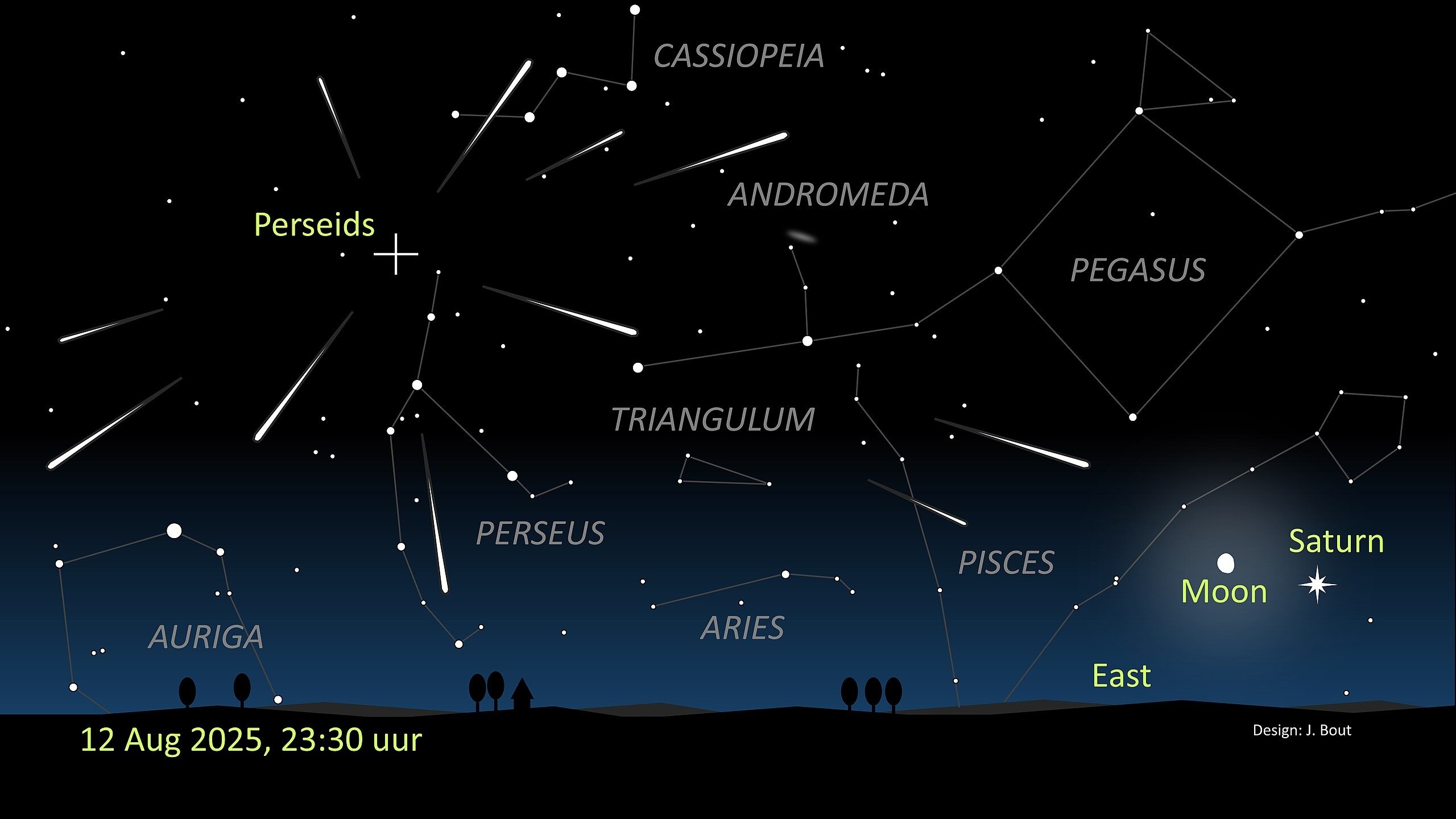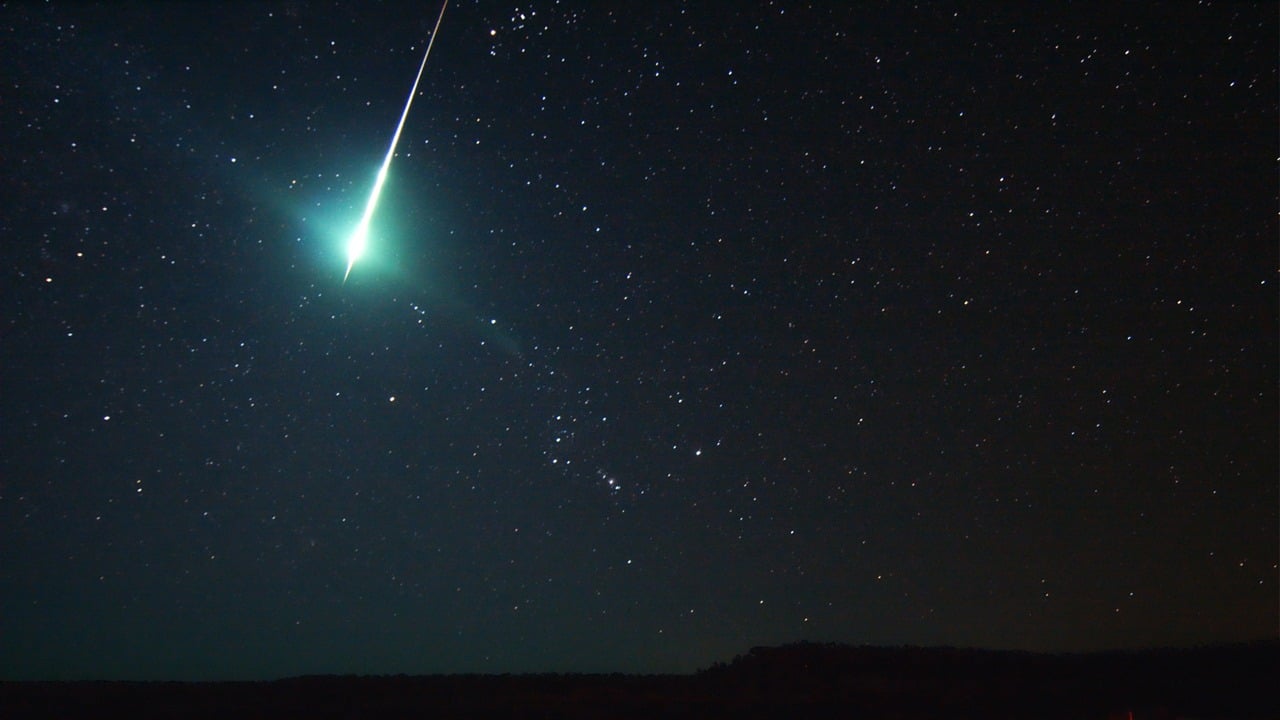The Perseid Meteor Shower — A Summer Night Spectacle
Language
Reading Level
Listen to Article
Alignment

Each summer, the Northern Hemisphere night sky comes alive with one of the year's most dazzling celestial events: the Perseid meteor shower. Known for its bright, fast-moving meteors, the Perseids are a favorite of both casual stargazers and serious astronomers.
What is a meteor shower?
Often called "shooting stars," meteors are tiny bits of dust and rock left behind by comets as they orbit the Sun. When this debris enters Earth’s atmosphere at high speeds, it burns up. This creates bright streaks of light, or what we call a meteor shower.
Why are they called Perseids?

The Perseids are named after the constellation Perseus because the meteors appear to emerge from that area of the sky. In reality, they are fragments of dust and rock left behind by Comet Swift-Tuttle, which orbits the Sun every 133 years. The meteor shower is visible around the world, but the best views are typically reserved for the Northern Hemisphere.
Why are the Perseids so popular?

The Perseids are one of the most reliable and impressive of the 30+ meteor showers visible each year. At their peak, they can produce up to 100 meteors per hour. Additionally, some of the debris is large enough to create "fireballs" — meteors as bright as Jupiter and Venus. Best of all, they happen during the warm Northern Hemisphere summer, when nights are comfortably mild.
When is the best time to see the Perseids in 2025?
The Perseid meteor shower occurs every year from mid-July to late August. However, the best time to view them is when Earth moves through the densest part of the comet’s debris. At that point, viewers may see 50 to 100 meteors per hour. In 2025, this will happen on the night of August 12 into the early hours of August 13.
Viewing tips
The celestial show is best seen from a dark area, far from city lights. Stargazers should find a place with a full view of the sky and be patient. It takes about 15 minutes for your eyes to adjust to the darkness — and just as long to spot a flashing meteor.
Happy Viewing!
Resources: Space.com, NASA.gov

Get the Workbook for this article!
Workbook contains: Article, Reading Comprehension, Critical Thinking Questions, Vocabulary in Context (+ answers), Multiple Choice Quiz (+ answers), Parts of Speech Quiz (+ answers), Vocabulary Game (+ answers)Cite Article
Learn Keywords in this Article
6 Comments
- slimer2212 monthscool!!
- pres13 monthsThis is awesome science.
- chocolaterose754 monthsI probably won't be able to stay awake that late😂
- bawovahobiva4 monthsNice it looks like the sky is preying
- tokamiha-1708049327194 monthssky rock cool
- boba-books4 monthsWow!